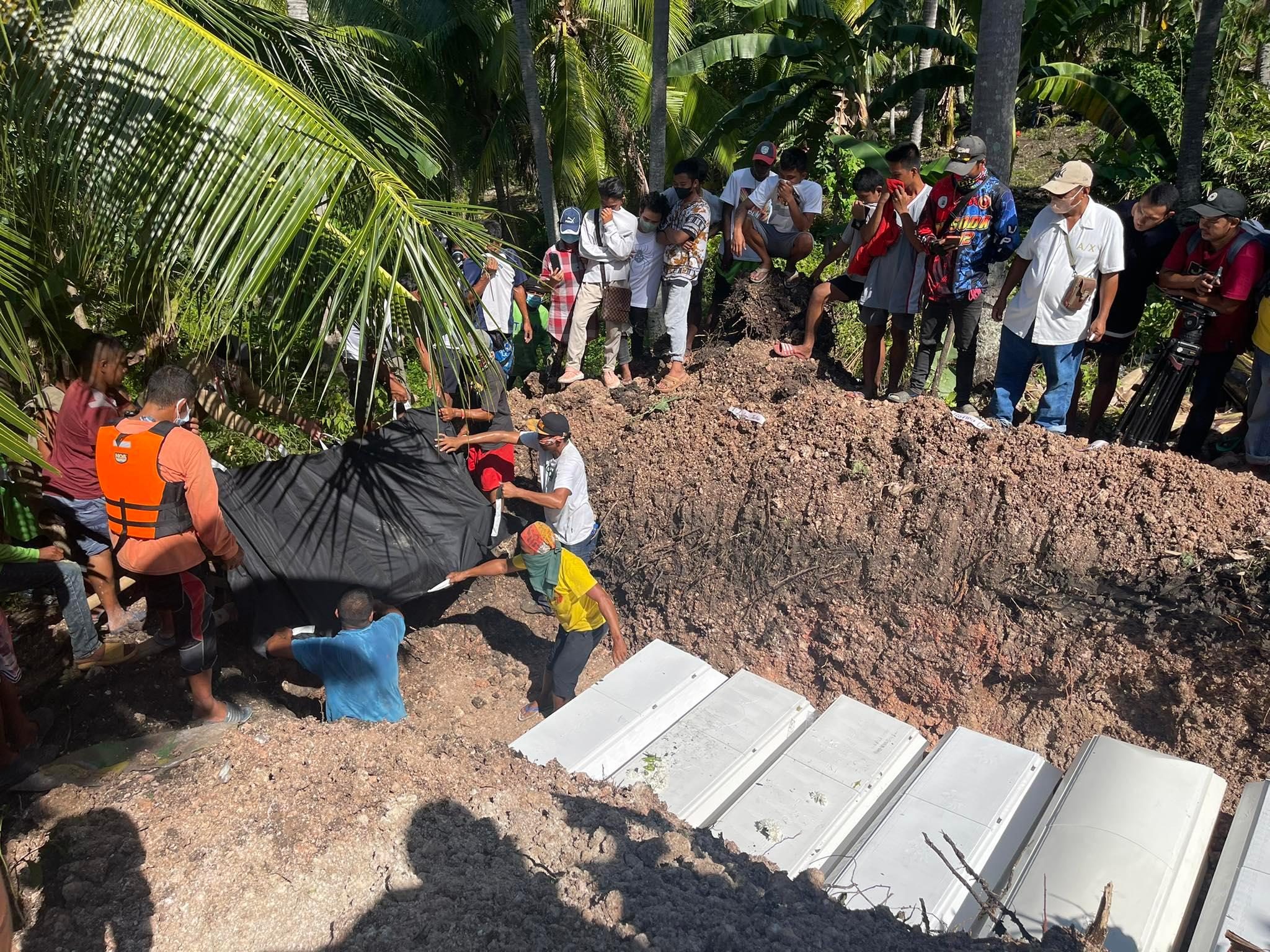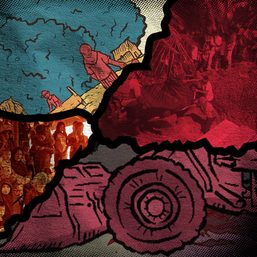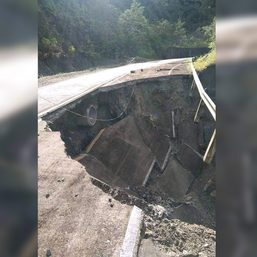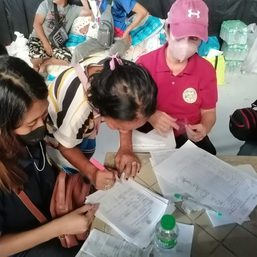SUMMARY
This is AI generated summarization, which may have errors. For context, always refer to the full article.

MAGUINDANAO DEL NORTE, Philippines – Desperation is all over the faces of people at an evacuation center in Datu Odin Sinsuat.
The town was brought to its knees by one of the worst environmental disasters to ever hit Maguindanao, a province that has been split into two by a 2021 law that its voters ratified via a plebiscite in September.
Datu Odin Sinsuat, the capital of the new province of Maguindanao del Norte, and its neighboring towns have yet to start picking up the pieces even before the new provincial government could organize and set up a seat of power.

On a road in the village of Kusiong in Datu Odin Sinsuat, desperate residents posted handwritten messages, appealing for relief aid.
“Humihingi po kami ng tulong katulad ng nasa ibaba (We are asking for help like what we listed below,” read one of the hurriedly-written posters.
The wish list includes the following:
- water-proof canvas for roofing
- flashlights
- hygiene kits
- potable water
- sugar
- coffee
- food
- slippers
- diapers
In the same village, government workers helped villagers in burying bodies retrieved in areas ravaged by rampaging floodwaters and landslides following hours of continuous heavy rain between Thursday night and Friday, October 27 and 28.
A dozen bodies were buried in a mass grave in Kusiong around 1:30 pm on Monday, October 31. Running short of coffins, workers and villagers were left with no choice but to bury three of the 12 bodies in cadaver bags.
The people buried in the mass grave were all relatives of flood survivor Jerry Anton.
“It’s hard to move on when I have other relatives who are still missing,” Anton told Rappler.

He said villagers were used to flooding and had adapted to the environment, but they were caught off guard during last week’s flooding and the landslides.
“We were unprepared for that,” Anton said.
Rampaging floodwaters that cascaded down the mountain swept away entire houses, people, and animals; flattened farms and a community of some three hectares. A landslide buried people alive in Sitio Tinabon, Barangay Kusiong.
Datu Odin Sinsuat town counted the highest number of deaths at 40, according to Maguindanao del Norte Governor Fatima Ainee Sinsuat.
She said seven others died in the town of Datu Blah Sinsuat, and three in Barira during the onslaught of Severe Tropical Storm Paeng (Nalgae).
The Bangsamoro Autonomous Region in Muslim Mindanao (BARMM) also listed Upi as one of the province’s hard-hit areas.
BARMM Interior and Local Government Minister Naguib Sinarimbo told Rappler on Saturday, October 30, that the killer floodwaters came from the mountain ranges of Maguindanao del Norte, and not from the Liguasan Marsh and rivers.
Governor Sinsuat said the destruction caused by Paeng was something local officials and residents have never seen before.
“People living near the shorelines and along riverbanks fled their homes and rushed to higher grounds only to die in the landslides and flash floods,” Sinsuat said.
Sinarimbo said the floodwaters also contaminated sources of potable water in many Maguindanao del Norte areas, and made vital bridges and road sections impassable to motorists, making relief operations difficult. – Rappler.com
Add a comment
How does this make you feel?






























There are no comments yet. Add your comment to start the conversation.